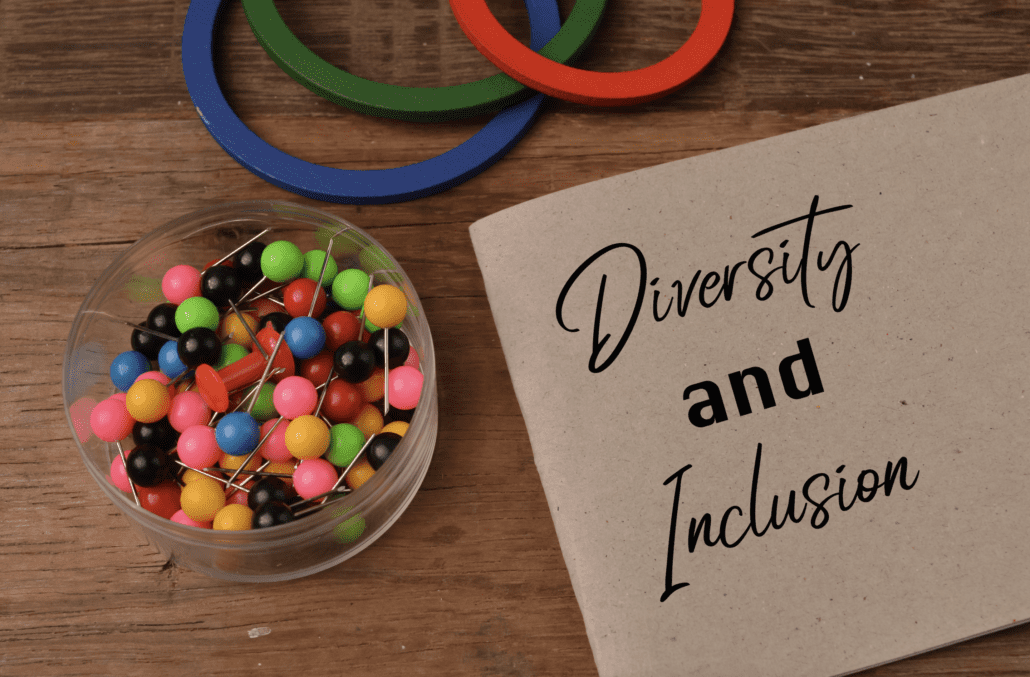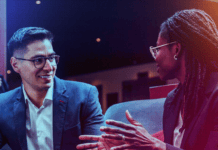
Radical inclusion sounds, well, radical, but it’s really just about using common sense to avoid problems that can make attendees feel unwelcome, disengaged and excluded.
Radical inclusion what it can take to avoid making your attendees feel like a wallflower at a high school dance. According to Practicing Radical Inclusion, a guide from event solutions company Encore Global, it’s not as hard as it sounds to identify and eliminate barriers that can keep attendees from feeling included and engaged. The guide identifies seven common mistakes that can make people feel unwelcome, as well as some common-sense ways to be more welcoming to all.
Some of the mistakes should be no-brainers, and yet they still happen all too often. For example, organizers who schedule events on a religious or cultural holiday are sending a clear message that they don’t care if those who celebrate that occasion are able to come. There’s no shortage of calendars that outline the various holidays observed by different religions or cultures — use them before setting a date, Encore recommends.
And know who your event participants are from the get-go. If you don’t know what is important to them — from holidays to titles to pronouns — you put your ability to accommodate everyone’s needs at a severe disadvantage. Give attendees a chance to volunteer their preferences on the registration form, along with how to contact them if you need to follow up concerning accommodations or anything else they need to feel fully included while at the event. Then let everyone who is responsible for making those accommodations happen know what they need to do, whether they’re servers at a catered function or registration staff.
Another common mistake is deciding to do something cool without determining if it’s something everyone can participate in. For example, beanbag seating is cool, but not for those with bad knees. Food trucks are great, but may not be accessible to those with mobility issues. The guide suggests finding alternatives that are accessible for all, such as a mix of high and low seating, as well as a comfortable upright option. Also remember that really tight room sets are not going to be welcoming, or even usable, for people using mobility devices. The guide advises doing a walk-through of your space and your agenda with your participants’ challenges in mind.
And crammed agendas make it difficult for those with physical challenges to get from room to room on time, and are particularly tough on those with attention disorders, introverts and others who may need a little time to absorb and reflect. When in doubt, ask for help.
Another common mistake is to avoid setting ground rules for participation and/or having a facilitator to make sure all voices have a chance to be heard. And make sure that all follow those ground rules for engagement, even your executives or other VIPs. What they think is a funny story may be offensive, or at least off-putting, to some of your attendees.
Be ready to make exceptions to your rules, to be flexible enough to accommodate special needs, and apologize quickly if you make a misstep, the guide recommends.
Radical inclusion is not difficult, but it does require some forethought and preparation. To learn more, the full guide is available for free download from the Encore website.
You May Also Be Interested In…
Designing Diverse Meetings: 6 Strategies
5 Tips for More Inclusive Meetings
New Bill of Rights for Airline Passengers with Disabilities










